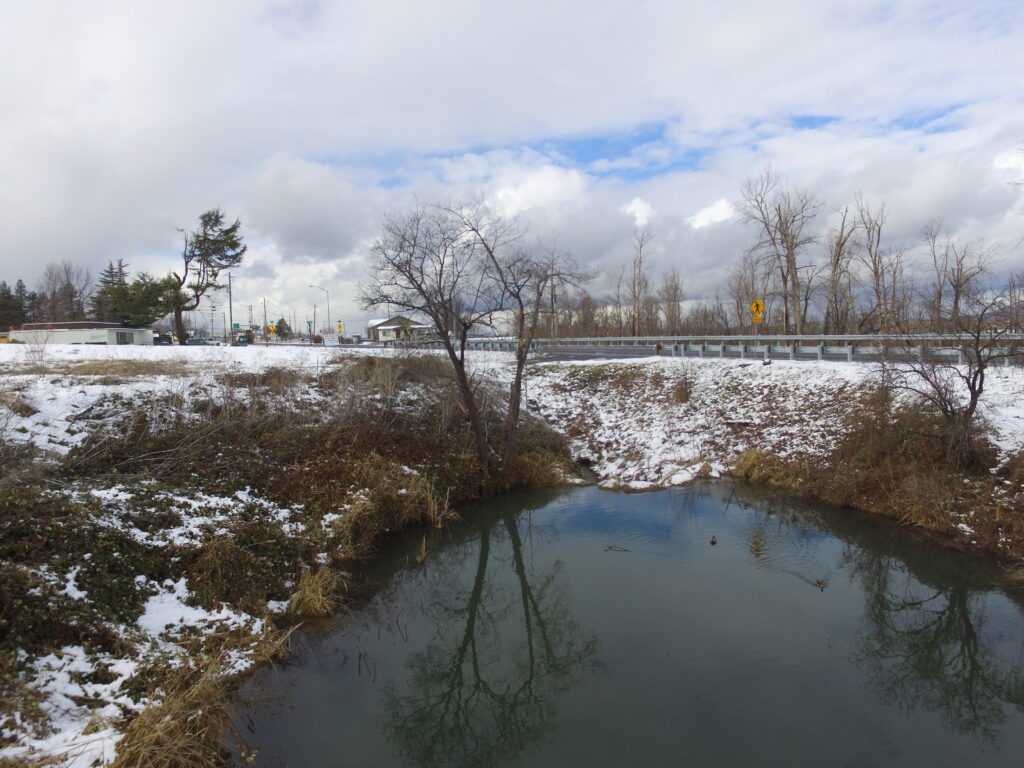Floodplain Regulations
Floodplain management aims to reduce flood losses to life and property while simultaneously protecting the natural resources and functions of floodplains. Development within floodplains is generally not prohibited, but floodplain management involves regulatory, construction, and public education measures designed to avoid and minimize potential risk to development from flood hazards. Floodplain management also entails the implementation of mitigation measures or, in other words, specific actions that can be taken to prevent future damages and threats to human life and public health.
Statutory Authorization
The State of Oregon has in ORS 197.175 delegated the responsibility to local governmental units to adopt floodplain management regulations designed to promote the public health, safety, and general welfare of its citizenry.
Developing In A Floodplain
What Types of Development Are Most Often Affected by Floodplain Regulations?
Here is a quick list of structure-related floodplain development regulations that are most likely to affect you:
New primary structures
Dwellings
Accessory structures
Additions to, or replacement of, existing dwellings or other primary structures
Electrical, mechanical, heating, ventilation, plumbing and comparable equipment
Crawlspaces
Remember: A floodplain development permit is required for all development in the floodplain, even if the work does not require a regular building permit or land use approval.
Planning a Project in the Floodplain?
Remember to get a Floodplain Development Permit before you begin your project. A Floodplain Development Permit is required for all development in the floodplain – even if the work does not require a regular building permit or land use approval. All new development within the floodplain must comply with current floodplain development standards, which may include elevating a structure or the utilities serving the structure to the City of Phoenix design flood elevation. New construction and additions to existing structures require that a licensed surveyor complete three elevation certificates:
Pre-construction elevation certificate for the building site to verify flood elevation and existing ground elevation.
This certificate is submitted with the application for a permit.
Note: Prior to applying for a permit it is helpful to submit this certificate to the Floodplain Manager and discuss the proposed project.
During-construction elevation certificate to verify floor elevation.
For site-built dwellings and accessory structures, this certificate is submitted after placement of the lowest floor and prior to vertical wall construction. Approval of the certificate is required prior to approval of the underfloor inspection.
For manufactured dwellings, this certificate is submitted after the dwelling has been placed on the property. Approval of the certificate is required prior to approval of the set-up inspection.
Final-construction elevation certificate for the completed structure. This certificate is prepared after all of the utilities have been placed and all finished grading is completed.
The certificate must be submitted and approved prior to final inspection approval for the structure.
Other permits may require submission of an elevation certificate completed by an Oregon-licensed surveyor as well.
A Floodplain Development Permit is also required for all work to repair a structure that has been damaged by any type of event.
Frequently Asked Questions
Browse frequently asked questions about Community Development programs and services.

